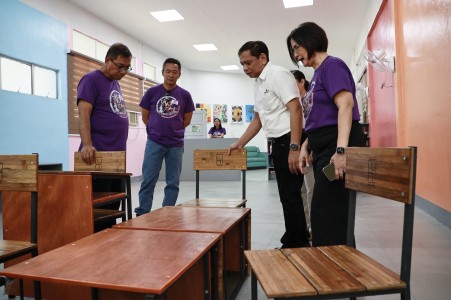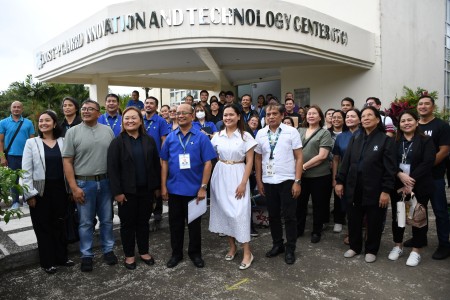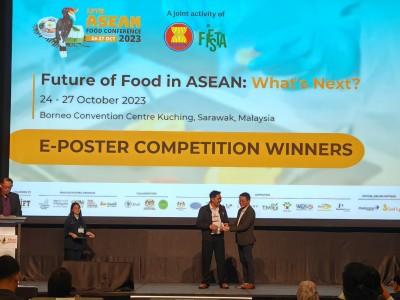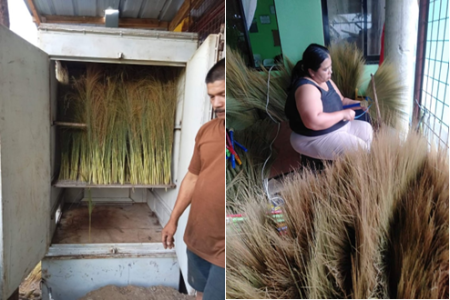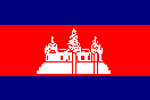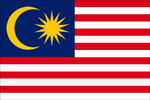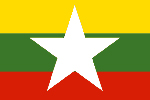DOST FPRDI: Helping to bring home the Philippine Peso Philippine | 26/09/2018

After decades of depending on imported fibers, the Philippines may soon be able to make its own paper money using locally available plant materials.
This, as researchers at the DOST-Forest Products Research and Development Institute (DOST-FPRDI) recently developed quality currency base paper (cbp) from combining the fibers of abaca (Musa textilis), salago (Wikstroemia spp.) and mangium (Acacia mangium).
“Our banknote or paper money is printed on imported cbp made from 20% abaca and 80% cotton. With our promising research result, however, we are planning to team up with the Bangko Sentral ng Pilipinas (BSP) to make Philippine banknotes using 100% locally available fibers,” said Ms. Adela S. Torres of FPRDI’s Pulp and Paper Products Development section.
“Fibers from abaca and salago, and wood chips from mangium were cooked, bleached, and formed into sample cbp at the FPRDI Pulp and Paper Testing Laboratory. Tests showed that its folding endurance is similar to that of imported currency base paper. It was also found to be tear resistant,” explained Torres.
Abaca is the strongest plant fiber in the world and is the main raw material in making specialty paper for money. “It is one of the Philippines’ biggest exports, with the country supplying 85% of the total global abaca demand equivalent to 90 metric tons. Despite this huge volume though, the country still imports about 780,000 kilos of currency base paper a year, which the BSP turns into paper money,” she added.
Salago, meanwhile, is a shrub whose bast fibers are similar to those used in Japan’s specialty papers, while mangium is a fast-growing wood species found in local plantations.
“Producing our own paper money using locally sourced materials will not only promote our local fibers but will save us billions. Banknotes last from one to five years, depending on how they are handled. According to BSP, three billion pesos is spent annually to print new banknotes to replace deteriorated or demonetized ones,” explained DOST-FPRDI Director Romulo T. Aggangan.
“With the right policy support, the pulp and paper industry together with abaca and other bast fiber-producing farmers, and local tree plantation owners can work together to realize the dream of ‘bringing home’ the Philippine peso,” he ended.


